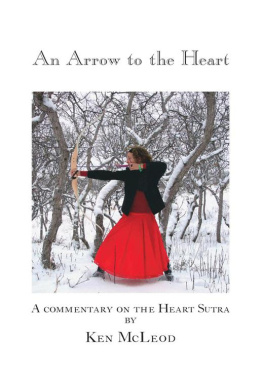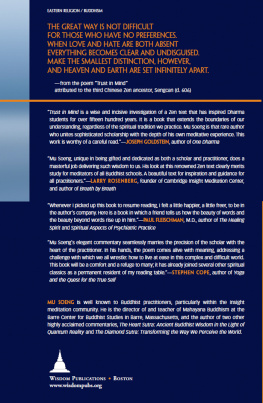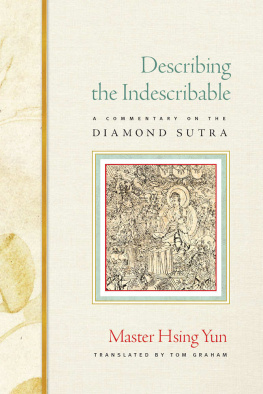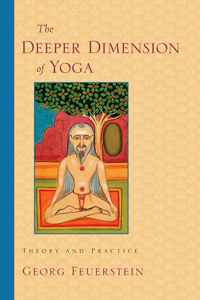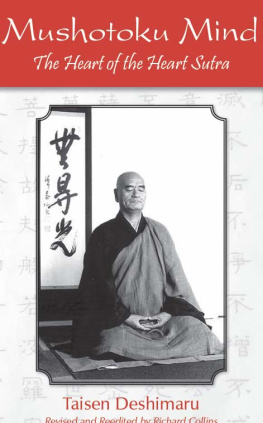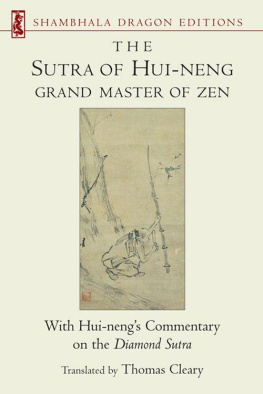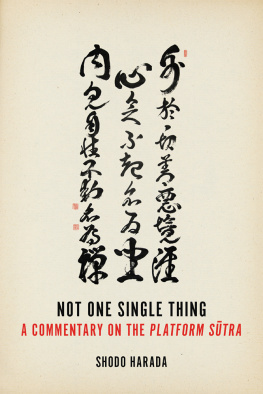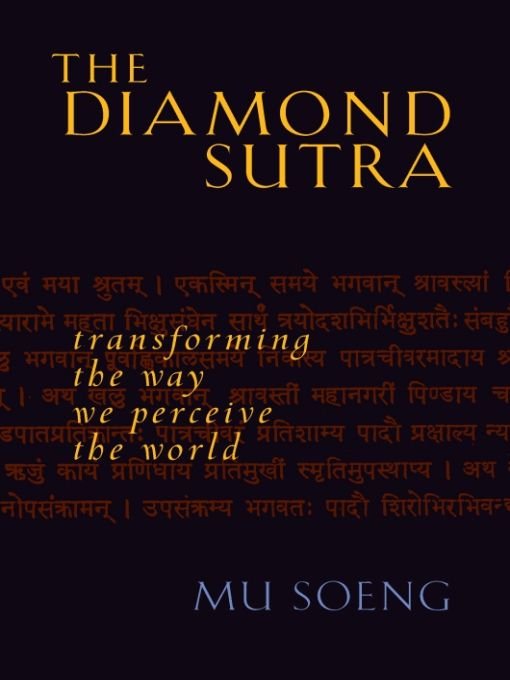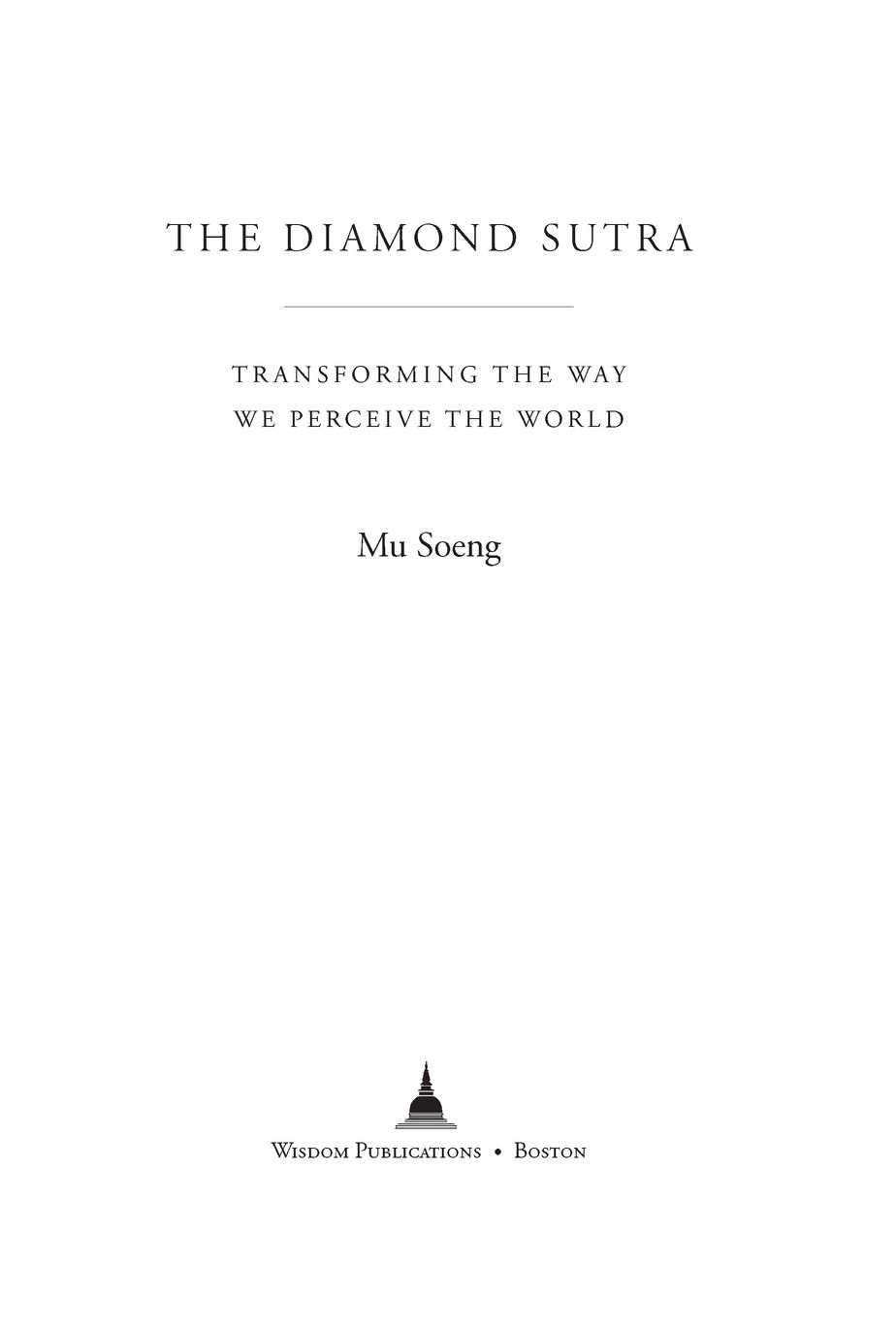Table of Contents
Publishers Acknowledgment
THE PUBLISHER gratefully acknowledges the generous help of the Hershey Family Foundation in sponsoring the publication of this book.
Preface
A CAUSAL NEXUS of infinite complexity connects a barefoot monk dressed in rags in ancient India of sixth century B.C.E. to the great medieval monastic complexes of Todaiji in Japan, Songgwang-sa in Korea, and to the staggering variety of Buddhist-inspired consumer products and services at the beginning of twenty-first-century America.
The journey of what we call Buddhism has been quite unlike that of other religions. After dying out in its original homeland of India, it became the dominant religion of the rest of Asia. Buddhism has had no khalif or pope to enforce its edicts, nor was there a book of incontrovertible revelations. But it does have a series of texts or sutras that have inspired the devotion and allegiance of its many subtraditions. These texts purport to contain the teachings of the sixth-century B.C.E. Indian monk Siddhartha Gautama, known to history simply as the Buddha, the Awakened One. The Diamond Sutra is one of these texts that has been pivotal in shaping the transformation of Buddhas teachings in east and north Asia.
Different subtraditions of Buddhism have at times espoused conflicting visions of human beings and their relationship to the phenomenal world. Theravada, the sole remnant of the earliest historical layer of Buddhism, concerns itself primarily with the functioning of the individual mind and how to find liberation within the mind. The later Mahayana tradition, with a more complex inner architecture, has several graduated layers. The focus of the earliest developments in Mahayana, exemplified by the Prajnaparamita texts of which the Diamond Sutra is one, is on emptiness (shunyata) and compassion (karuna) integrated in the overarching concept of its teachings as skillful means (upaya). Here the search for salvation is framed not in terms of individual consciousness, but in terms of a visionary cosmos and the place of individual consciousness in it. Whereas the emphasis in early Buddhism was on the individual consciousness knowing itself, in Mahayana the question is how the limited individual consciousness may be opened up to the potentially unlimited universal or cosmic consciousness.
The Mahayana modality of giving meaning to the part by opening it up to the whole has many parallels with postmodern modes of inquiry. Quantum physics and deconstructionist theory in art and literature, for example, share a strong sense that there are no parts separate from the whole. Each part contains the totality of its environment, and divorced from the totality it is nothing. Modern holographic quantum theory posits relationships not between specific electrons, but between each electron and the entire implicit order of which it is a full-bodied manifestation. Deconstructionist theory views written words, texts, and works of art as ciphers whose meaning depends on the context into which the reader or viewer chooses to place them. This commentary on the Diamond Sutra attempts to see parallels in contemporary modes of inquiry.
The Diamond Sutra and other Mahayana sutras are the artifacts of a sumptuous religious imagination that once had tremendous impact on the civilizations of China, Korea, and Japan, but which may now seem irrelevant to the postmodern reader. In highlighting certain parallels between the sutra and postmodernism, my aim has been to present the ancient Mahayana wisdom tradition not only as relevant to our own time and place, but also as a tool of inquiry that can enrich our lives.
The main inspiration behind this commentary on the sutra is my own training in the Zen (Chan) tradition. For me, Zen continues, through its creative use of koan methodology, to be the approach where linguistic deconstruction at its best works without any attempt at reconstruction. From a historical standpoint, the Mahayana wisdom tradition seems to anticipate the koan systems paradoxical use of language.
This commentary treats the Diamond Sutra as a progenitor of the Zen tradition. For me, as for most students of Zen, the Diamond Sutra and the Heart Sutra are inseparable. My need to understand the historical background of these seminal texts was the incentive to produce this sequel to my commentary on the Heart Sutra. My attempt in both cases has been to avoid getting stuck in academic minutiaeI have no wish to turn this commentary into yet another doctrinal point of view. At the same time I have included a historical survey of the Mahayana to give the reader an overview. My hope is that serious practitioners of Zen and Mahayana find the background material useful and the insights into the sutra inspiring.
Different generations have discovered these ancient texts and reflected on them in new ways. We are beneficiaries of commentaries on the Diamond Sutra by some of the greatest scholar-monks in Mahayana BuddhismAsanga, Vasubandhu, and Kamalashilaas well as commentaries on other Prajnaparamita texts by great thinkers such as Nagarjuna and Haribhadra. In order to remain viable, the teachings are often re-expressed in the idiom of the times. Each new commentary, in the best of intentions, expresses a point of view and is in the service of the continuity and development of the tradition.
In our time there is a sense of urgency to understand the ancient wisdom traditions in the face of the explosion of information from many diverse sources. In earlier generations the opportunity to read and understand religious texts was the province of a select few. Today we travel in cyberspace on the information superhighway. Practically anyone can access the totality of information (and misinformation) gathered in the last five thousand years of human history with the click of a few keys on the computer. But perhaps todays deluge of information has produced its own crisis of identity. The challenge to understand who and what we are may be greater than ever before. Another challenge may be to inspire people to move from a totally information-based orientation toward the transformattive integration of insights from the wisdom traditions with their own experience.
This translation of the Diamond Sutra is based on the original Sanskrit text as edited by Max Mller. I have also consulted translations from Chinese sources, notably the Kumarajiva translation from the Chinese, which is found in works by D. T. Suzuki and others. This text was also used in a commentary by Thich Nhat Hanh. I have relied on the translation from the Sanskrit original by Edward Conze, arguably the greatest Western scholar on the Prajnaparamita literature. I have borrowed freely from these translations in order to produce an easily accessible rendering for the modern reader. In doing so, I have tried to soften the impact of archaic presentation as much as possible, while retaining the essence of the Sanskrit original.
I am grateful to Venerable Thanissaro Bhikkhu for his continual support and invaluable advice as the book was being written. All errors of factual presentation and interpretation are, however, entirely my own. I am thankful to friends and colleagues at the Barre Center for Buddhist Studies for creating a supportive environment, where I wrote major portions of this book. My thanks go out also to David Kittelstrom and Samantha Kent, my editors at Wisdom Publications, for all their painstaking work in turning the raw manuscript into a publishable format.


